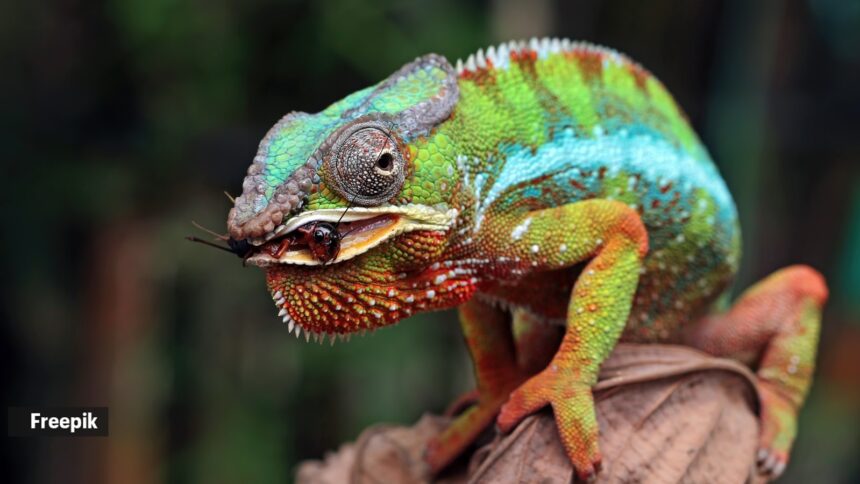When it comes to survival, blending in can be the best strategy. But animals that change colour don’t just do it to hide, they also do it to communicate, control body temperature, and even impress potential mates.
Here are seven fascinating creatures that change colour, and the science behind their transformations:
Crab Spiders
Also known as flower spiders, crab spiders can switch between white and yellow to camouflage themselves while lying in wait for prey on flowers. According to WIRED magazine, this colour change doesn’t necessarily improve their success. The true reason for their transformation remains uncertain, though researchers believe it may serve multiple purposes beyond ambush.
Cyanea Octopus
This octopus is a master of disguise. Using specialised skin cells called chromatophores, it can rapidly change colour to blend into its environment, avoid predators, or communicate. According to the National Geographic, these changes are controlled by the nervous system, allowing the octopus to react instantly to its surroundings.
Cuttlefish
Cuttlefish are perhaps the most versatile colour-changers in the sea. As per the National Geographic, Cuttlefish, too, are known for rapidly changing colour and texture using chromatophores. What’s more impressive is that they can do this in near-total darkness, mimicking the hue, contrast, and texture of their surroundings to evade predators and catch unsuspecting prey.
Chameleon
According to WIRED magazine, chameleons change colour for thermoregulation and communication rather than camouflage contrary to popular belief. They modify their skin pigmentation to either absorb or reflect heat, and this helps with temperature control. Moreover, shifts in colour communicate messages to other chameleons, indicating dominance or readiness to mate.
Golden Tortoise Beetle
This shiny beetle can go from gleaming gold to dull brown or red in seconds, and this, when it feels threatened. The shift happens due to changes in fluid within the beetle’s wing covers, which alter how light reflects off them. This sudden transformation may deter predators by signalling that the beetle is either toxic or simply not worth eating.
Pacific Tree Frog
These small amphibians can change from green to brown – and back – over hours or days. According to Earth.com, their ability to adapt to different background hues, brightness levels, and temperatures helps them camouflage and avoid predators. It’s a slow but effective shift for survival.
Flounders
These flatfish are ocean-floor chameleons. They can rapidly adjust their and pattern using chromatophores to match sand, rocks, or coral. This camouflage not only helps them avoid predators but also enables them to ambush prey with startling efficiency.








